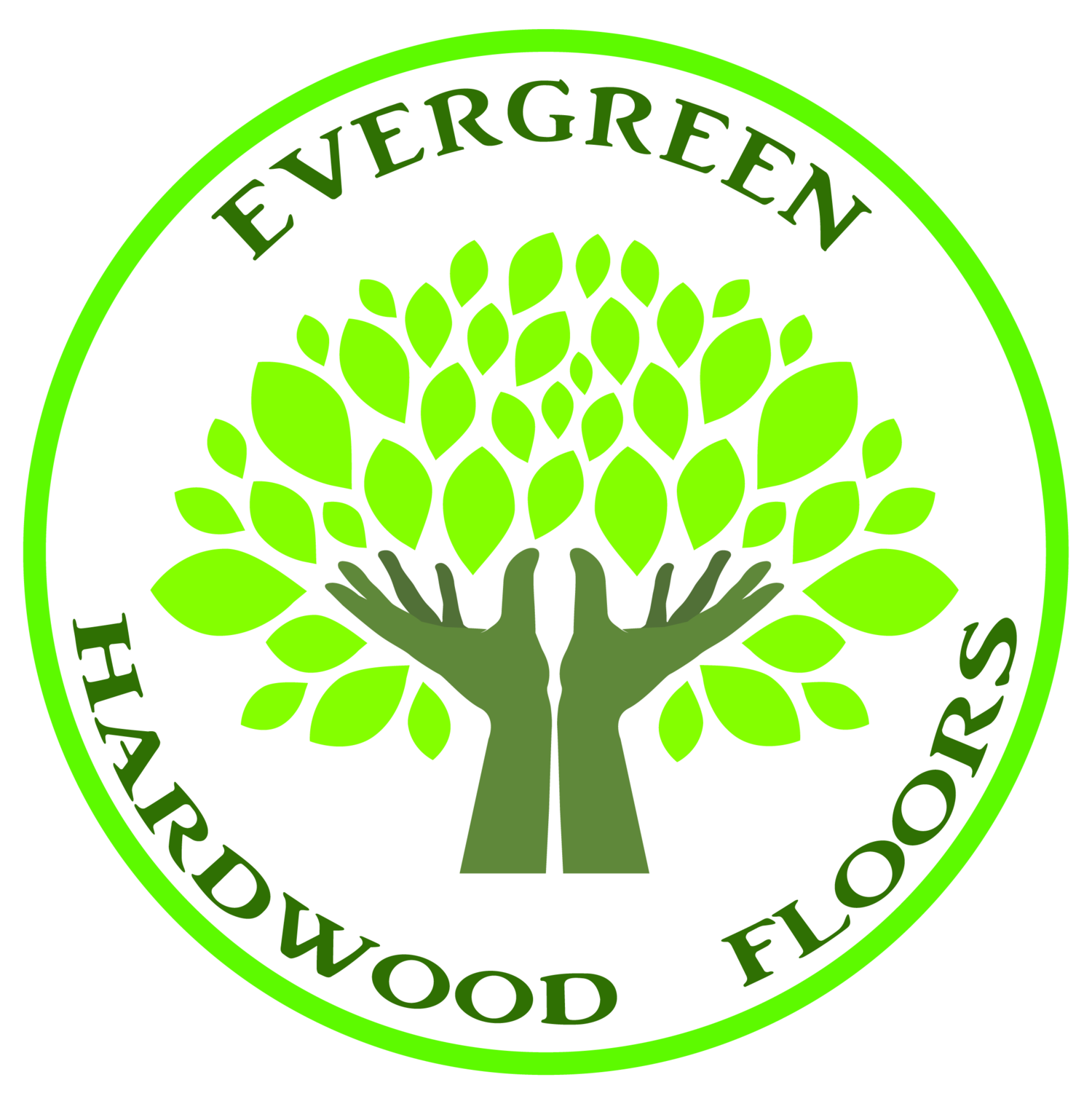European Oak Flooring is the most popular flooring choice in the US. It is abundantly available, durable, and easy to work with. It is also very popular among builders as lumber. American Oak is distinguished into two main categories: Red Oak and White Oak. Both are very popular hardwood flooring choices in the United States. Both are very durable, take stain beautiful and is relatively easy to work with, meaning that their oil content does not typically interfere with finishing this wood and they do well with different finishing methods(i.e. polyurethane, or oiled).
White Oak hardwood is a bit denser than Red Oak hardwood with a Janka rating of 1360 and Red Oak with a Janka rating of 1290.
Both Red and White oak trees grow in many states across the US and South-central Canada. You will find both trees as far down as Texas and Louisiana to as north as Nova Scotia and Maine and as far west as Minnesota and many states in between.
These are old growth trees and can be as old as a couple of hundred years. When installed as flooring, Red and White Oak hardwood have the ability to last more than a lifetime.
White Oak and Red Oak differ in color and graining. White oak has a tighter grain pattern and is a bit darker than red oak. While white oak can have some pinkish hues, its hues are more brown/grayish in color. Red Oak grain is a bit more prominent, open and less linear than white oak. Red Oak will have brown hues but its most notable hue is pinkish/red.
Now that we have summarized the difference between the American Oak, let’s take a look at another Oak that has been trending recently, European Oak.
What exactly is European Oak?
It is an absolutely beautiful hardwood originating from various countries in Europe- most commonly used European Oak comes from France, England, and Germany. You’ll often here interchangeable terms for European oak such as French Oak or English Oak.
European Oak has the same Janka rating of 1360 as American White Oak.
What is the difference between American Oak and European Oak?
Aside from its geographical difference, which in and of itself automatically makes the hardwood look different, the color, hues, and graining are different from American Oaks. European Oaks will have a softer, wavier grain pattern than American oaks which tend to have very pronounced graining.
American Red Oak has a pinkish hue with some brown tones to it. While American White Oak hues are more brown/grayish in color but can have some pinkish tones to it. European Oaks, on the other hand, are darker with a warm brown tone to it.
Miling
European Oak is known and sought for it’s longer lengths and wider widths. Because of the way in which the tree grows, the sapwood of European Oak is wider and thicker than its heartwood vs American Oaks. If you remember from a previous blog post, the sapwood of the tree is clearer with fewer discrepancies than the heartwood of a tree. The heartwood is the area of the tree where you’ll find knots, wormholes, and darker wood. Because the sapwood is thicker in European Oak, you will find clearer and more select pieces in a wider width.
Also, the way the hardwood is milled is quite different than the way American Oak is milled. In fact, many American mills have become keen on the way European Oaks are milled and they have started milling the hardwood in the same manner.
European Oak is Live-Sawn. Live-sawn is when the log of the tree is cut right through from the front to the back. The beauty of live sawn is that all the different cuts of hardwood are incorporated into this particular type of cut. This gives the flooring a beautiful look with the natural graining showing through from the entire log. This cut of flooring yields a very stable hardwood floor.
American Oak is typically cut using three main sawing methods, plain, rift or quartered.
Finishing Method
European Oaks are finished using an Oil which is absorbed into the wood itself. This is not to be confused with an Oil Based Polyurethane. Technically speaking, an oil or water-based polyurethane is a URETHANE finish.
The oil that is applied to European Finished Flooring is penetrated deep into the wood and seals it by closing the pores of the hardwood. Once the oil comes in contact with the hardwood, the seal is more or less instantaneous. An oil finish has a more natural appearance than finishing with an oil or water polyurethane. An oil finish penetrates the wood as opposed to sitting on top of the hardwood. The graining is felt and you have the ability to walk and use the actual hardwood. Apply a water or oil polyurethane, on the other hand, does not absorb into the wood but rather acts as a protective sealant. When using the floor with an oil or water based polyurethane, you are walking on the finish rather than the hardwood itself.
Oil or water-based polyurethane finishes, which is the most popular finishing method is American, does not absorb into the wood in the same manner as an oil finish. It is applied using multiple coats to protect the floor to create a barrier-like surface.
Oil finishes are becoming much more popular in the US and many manufacturers are creating wonderful products to finish your floor.
You can finish an American Oak floor using an oil. A skilled finisher should be hired in doing so. The application method is different than apply a urethane(whether oil or water) base finish.
As with anything, there are pros and cons to consider when choosing between an oil finish vs. a urethane finish.



